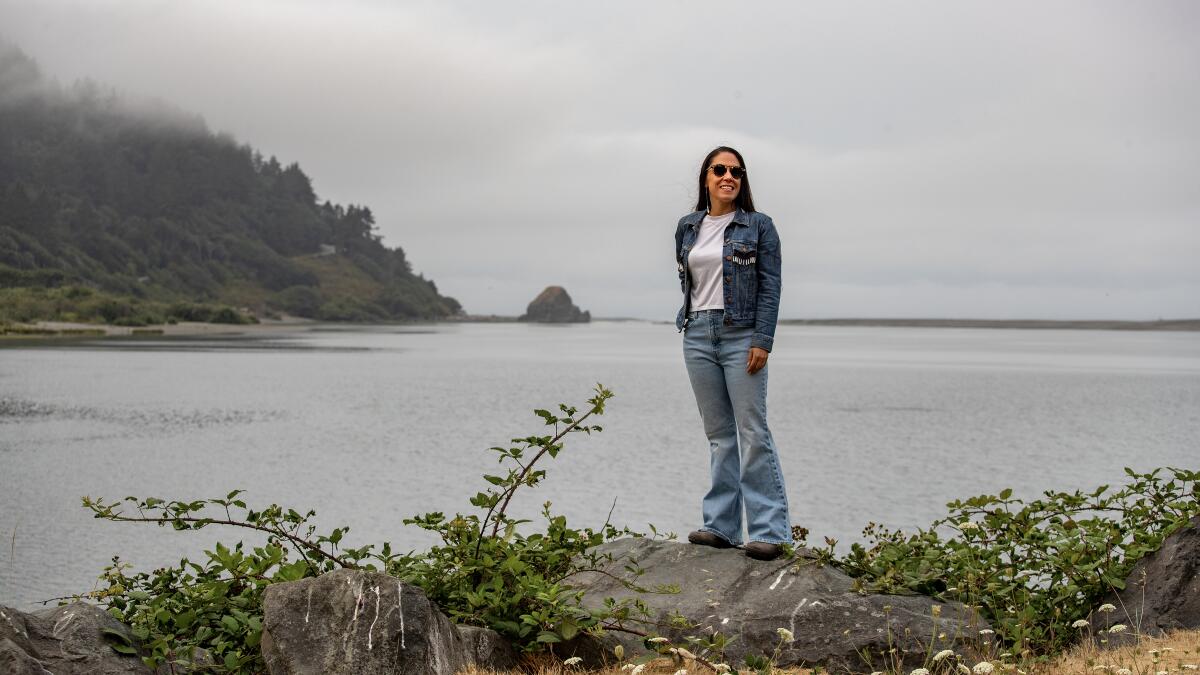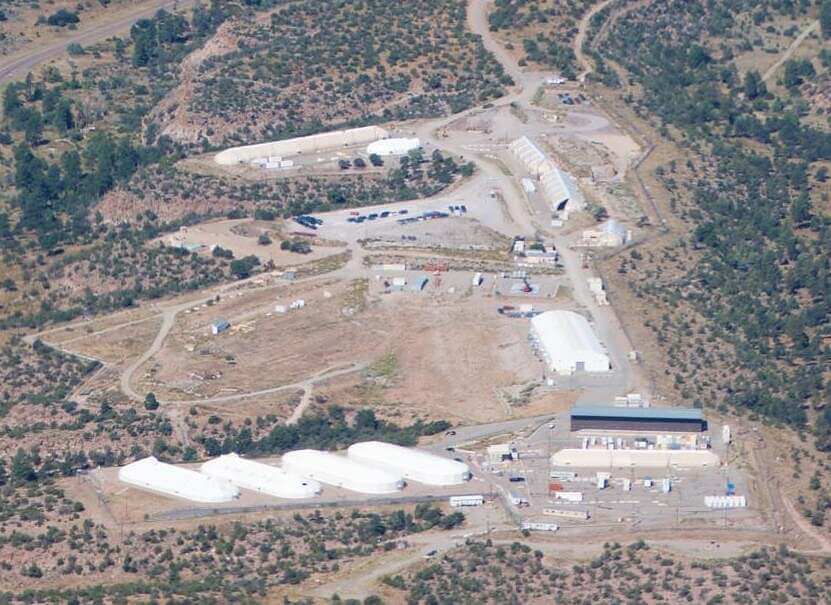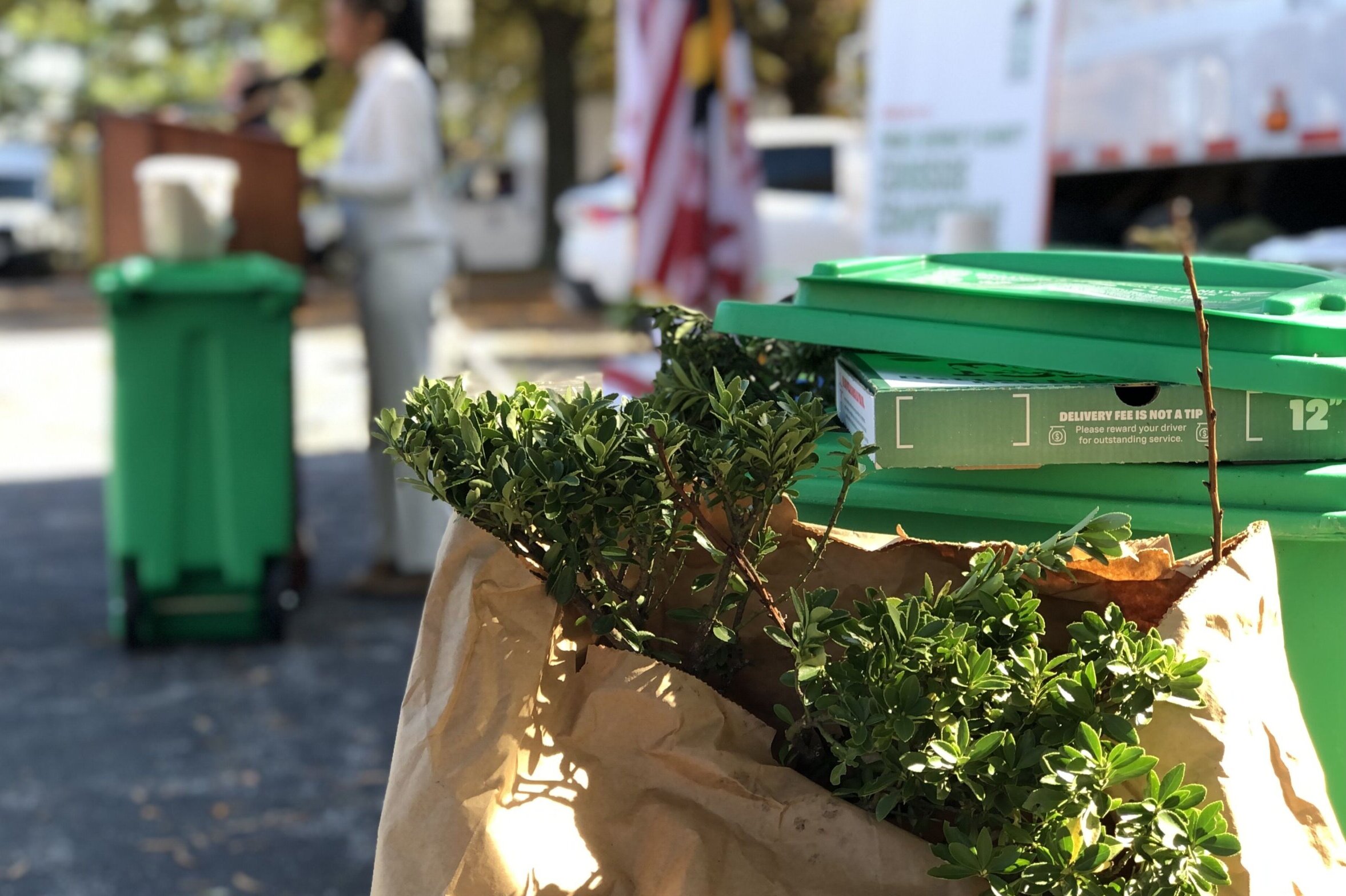Healing Waters: Indigenous Voices Celebrate Klamath River's Restoration One Year After Dam Removal

Healing Waters: The Klamath River's Remarkable Restoration
In a groundbreaking moment for environmental justice and Indigenous sovereignty, the Klamath River has begun its journey of healing after decades of ecological disruption. Last year marked a pivotal turning point when four aging dams were strategically dismantled, releasing the river from its concrete constraints and allowing its natural rhythms to resurge.
For Indigenous communities who have long understood the river as more than just a water source—but as a living, breathing entity central to their cultural identity—this removal represents far more than environmental restoration. It's a profound act of reclaiming ancestral connections and ecological balance.
As the river slowly awakens, its waters are already showing signs of regeneration. Salmon runs, once decimated by dam infrastructure, are beginning to find their ancient pathways. The landscape is transforming, with native vegetation reclaiming riverbanks and wildlife gradually returning to restored habitats.
This remarkable transformation is not just an environmental success story, but a testament to Indigenous wisdom, persistent advocacy, and the remarkable resilience of natural ecosystems. The Klamath River stands as a powerful symbol of hope—proof that with patience, respect, and collaborative effort, we can begin to mend the wounds inflicted on our most precious natural resources.








